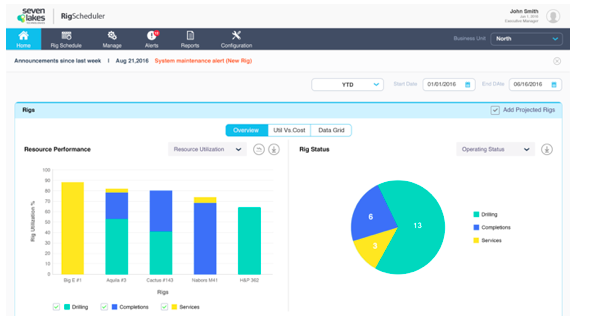Forklift and pallet jack scales are pieces of equipment that are used for the purpose of determining the mass of loads while they are being moved by a lift. Although they’re named forklift scales, they actually can be used on any number of heavy equipment lift trucks used in logistics. They employ a number of sensors to weigh the weight while it is being transported and are normally put on the prongs of the loader as part of the installation process.
After then, the information about the load’s weight is presented on a digital readout, which makes it simple for the operator to figure out how much the load weighs. These scales see a lot of action in industrial and warehouse environments, where their primary purpose is to check that cargoes have been accurately weighed and balanced before being moved.
Pallet jack scales are used for the purpose of weighing objects prior to loading or unloading them from a lift. This makes it possible to keep precise and up-to-date records of the weight of the materials being used, which is helpful for inventory management, determining costs, and ensuring compliance with weight standards. Click here to learn more about inventory management methods, processes, and systems. They may also be used for the purposes of quality control and safety, ensuring that loads are not overloaded and preventing damage to the forklift or any other piece of equipment.
The following are some of the ways in which pallet jack scales may make the work of the operator easier:
- Forklift scales provide the operator with real-time weight readings, which makes it possible for the operator to quickly and accurately track the weight of materials that are being loaded or unloaded. This eliminates the need for manual weighing, which eliminates the possibility of making errors. This results in increased efficiency.
- Pallet jack scales may assist avoid overloading, which poses a danger to the operator as well as other people in the workplace and can cause damage to the pallet jack and other pieces of equipment if it happens often enough.
- Forklift scales have the capacity to measure weight correctly, which enables operators to better keep track of inventory levels and more readily discover inconsistencies. This contributes to more accurate inventory management.
Compliance
- Because they provide precise readings of the user’s weight, pallet jack scales are able to assist operators in ensuring that weight limits are adhered to and avoiding fines or other penalties.
- Forklift scales are able to inform the operator with the weight of the present load, allowing the operator to more effectively optimize the load and make the most of the forklift’s capability.
- Forklift scales eliminate the necessity for manual weighing and recording of weights, which results in significant time savings for the operation.
Forklift scales are adaptable and may be used with a wide range of machinery, including but not limited to the following:
- Pallet jacks
Forklift scales may be mounted to the prongs of a pallet jack so that objects can be weighed while the pallet jack is being used to load or unload materials.
- Hand trucks
Forklift scales may be fastened to the frame of a hand truck in order to weigh the things that are being moved by the hand truck.
- Forklift scales may be hooked onto the hooks of hoists and used to measure the weight of whatever is being hoisted.
- They may be fastened to the hooks of cranes to provide an accurate weight reading of the things that are being lifted.
- They are able to be incorporated into conveyor systems (https://en.wikipedia.org/wiki/Conveyor_syste) so that goods may be weighed as they are moved down the conveyors.
- Forklift scales are compatible with loaders and may be used to determine the weight of the material that is being loaded.
- They are able to be included onto dump trucks so that the weight of the item that is being unloaded may be accurately determined.
- Forklift scales may be fitted into excavators so that they can weigh the material as it is being loaded into a truck or another sort of container. Excavators are also known as loaders.
It is important to note that the equipment load scale may be included into any piece of machinery that is capable of lifting or moving items, and that the scale can be linked to the control systems of the machinery in order to get real-time data and to automate procedures.
These heavy-duty industrial scales come in a wide variety of models and designs, each of which may have a distinct impact on how challenging it is to operate and move the scale. The majority of today’s electronic forklift scales are designed to be very simple to use, with straightforward control panels and digital displays that offer readings of the current weight in real time. The operator has to just place the prongs of the forklift or other piece of equipment over the scale, turn on the forklift scale, and wait for the weight reading to show on the display.
It is dependent on the design of the scale whether or not it is possible to move the scale from one piece of equipment to another. Other forklift scales are portable and can be readily moved from one piece of equipment to another. While some pallet jack scales are meant to be permanently mounted on a particular piece of machinery, others are designed to be quickly relocated.
Wheels or casters are often included with portable scales as standard equipment, which makes it simple to maneuver the scales from place to place. The procedure of installing the portable scales is often straightforward and may be completed by the operator with very minimum help from a technical staff member.
In conclusion, the majority of today’s forklift scales are simple to use and can be moved easily from one piece of equipment to another. However, before making a purchase, it is always a good idea to examine the particular model and design of the scale.




